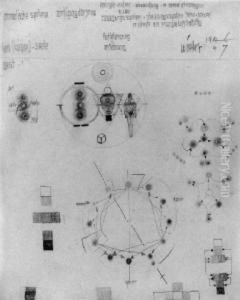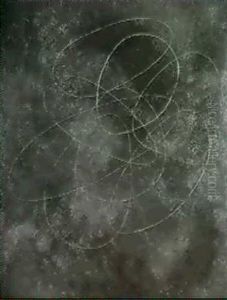Joost Schmidt Paintings
Joost Schmidt was a German typographer, graphic designer, and teacher, best known for his work at the Bauhaus school. Born on December 13, 1893, in Wunstorf, Germany, Schmidt was an integral figure in the development of the Bauhaus style, which significantly influenced modern design, architecture, and art in the 20th century.
Schmidt joined the Bauhaus in Weimar in 1925, after initially studying at the Königliche Kunstschule (Royal Art School) in Berlin. At the Bauhaus, he worked under the guidance of prominent figures such as Walter Gropius and László Moholy-Nagy. Schmidt was not only a practitioner but also an educator, teaching typography and graphic design. He played a crucial role in shaping the school's curriculum and approach to design education.
He was deeply involved in the development of the Bauhaus's visual identity, contributing to the design of various promotional materials, including posters and catalogs. Schmidt's work was characterized by its clear geometric forms, functionalist approach, and the integration of typography and visual design. One of his most notable contributions was the design of the iconic poster for the 1923 Bauhaus Exhibition in Weimar, which showcased the school's vision and pedagogical objectives.
During the Nazi regime in Germany, the Bauhaus faced increasing pressure and was eventually forced to close. Schmidt, like many of his colleagues, faced professional and personal hardships during this period. Despite the challenges of the time, he continued to work in his field, although the opportunities to practice his avant-garde style were limited.
After the Second World War, Joost Schmidt continued to work as a designer. However, his career was cut short when he passed away on November 6, 1948, in Erfurt, Germany. Today, Schmidt's contributions to graphic design and typography are remembered for their lasting influence on the visual language of modernism. His legacy is preserved in the collections of design museums around the world, and his teachings continue to inspire students and practitioners of design.


